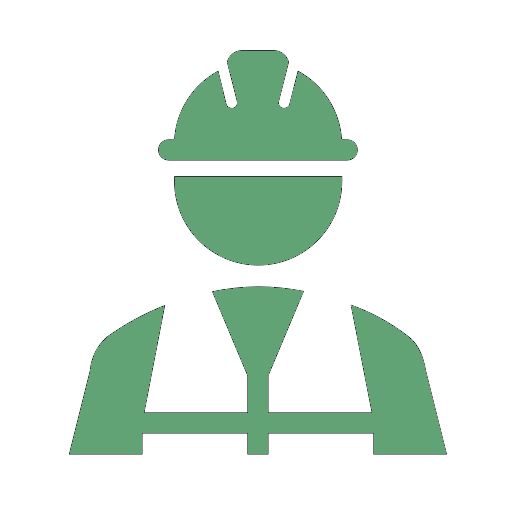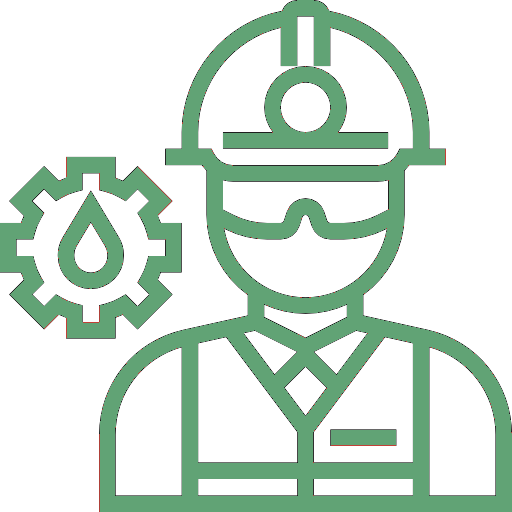Description
A Safety Engineer in the Construction and Power Plant industries is responsible for ensuring a safe working environment by identifying and mitigating potential hazards, ensuring compliance with safety regulations, and implementing safety protocols and systems. This role is essential to protect workers, minimize accidents, and safeguard both the environment and the integrity of the facility or construction site.
Key Responsibilities:
- Hazard Identification and Risk Assessment: The safety engineer conducts thorough site assessments to identify hazards (e.g., machinery, chemicals, electrical risks, or structural risks) and evaluates their potential impact. Based on these assessments, they develop strategies to eliminate or minimize risks.
- Developing and Implementing Safety Programs: Creating and enforcing safety programs, protocols, and procedures to prevent accidents, injuries, and environmental damage. This includes the creation of policies around personal protective equipment (PPE), worksite organization, and emergency response plans.
- Compliance with Regulations: Ensuring compliance with local, state, and federal safety regulations, such as OSHA (Occupational Safety and Health Administration) standards, EPA (Environmental Protection Agency) rules, and other industry-specific guidelines. They also keep up with changes in safety legislation and update procedures accordingly.
- Safety Audits and Inspections: Conducting routine safety inspections and audits to assess the effectiveness of safety measures. The engineer identifies any non-compliance or safety risks and works with management to resolve issues.
- Incident Investigation and Reporting: Investigating workplace accidents and incidents to determine their root cause and recommend corrective actions. This may include reporting incidents to authorities, preparing detailed reports, and maintaining documentation for compliance purposes.
- Training and Awareness: Educating and training workers on safe practices, emergency procedures, and the correct use of safety equipment. The safety engineer may organize workshops, drills, or toolbox talks to improve awareness and reinforce safety protocols.
- Emergency Response Planning: Developing and overseeing emergency response plans, including evacuation procedures, fire safety protocols, and first-aid readiness. They ensure that the workforce is trained to respond quickly and effectively to any emergency.
- Monitoring Safety Metrics: Collecting and analyzing safety data, such as accident statistics and near-miss reports, to track safety performance. They use this data to improve safety programs and reduce accident rates.
Skills and Qualifications:
- Technical Expertise: Knowledge of safety engineering principles, risk management, and hazard analysis.
- Industry-Specific Knowledge: Familiarity with the construction or power plant environment, including potential site-specific hazards.
- Problem-Solving: Ability to develop and implement effective solutions to mitigate risks.
- Attention to Detail: Thoroughness in identifying hazards, ensuring compliance, and reviewing safety records.
- Communication Skills: Ability to communicate safety guidelines effectively to workers at all levels of the organization.
- Certifications: Relevant certifications such as NEBOSH, OSHA, or other safety engineering certifications are often required.

 54 Months
54 Months ₹35000 to ₹ Per Month
₹35000 to ₹ Per Month 


